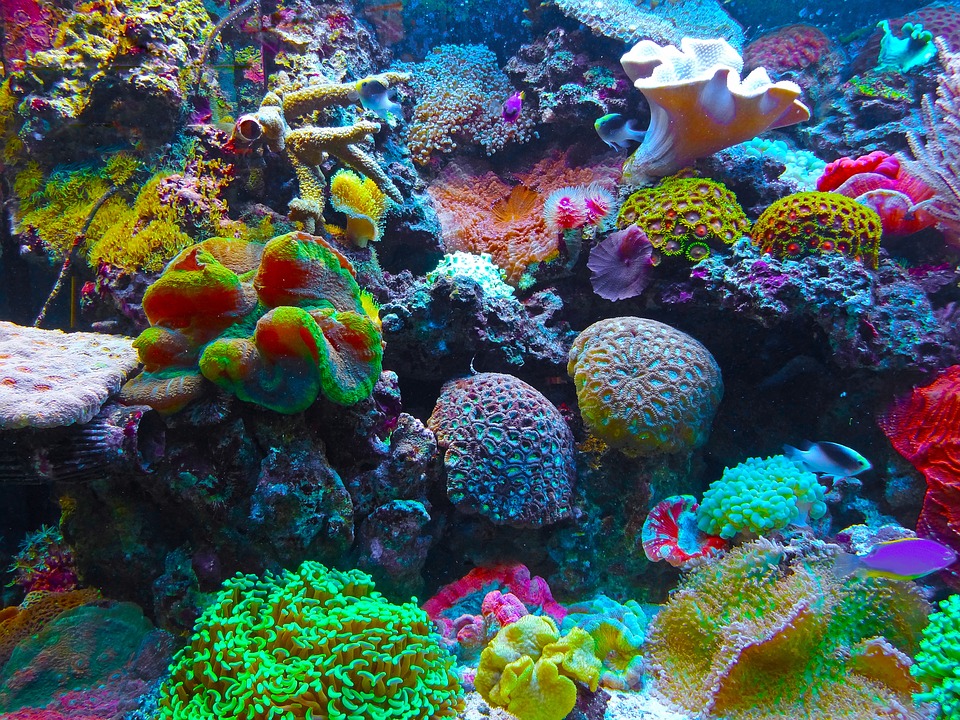
Coral reefs are some of the most diverse and vital ecosystems on Earth. The colorful underwater colonies of coral polyps, held together by calcium carbonate, provide homes for many marine plants and animals and help keep the ocean's nitrogen levels balanced. But while scientists are aware of where the world’s reef systems are located, there is no complete record of all the different types of coral that live there. Now, NASA researchers are hoping to entice nature lovers, both experts and amateurs, to help them create a comprehensive database of these all-important ecosystems by playing a fun, interactive video game!
“Aquatic ecosystems, particularly coral reefs, remain quantitatively misrepresented by low-resolution remote sensing,” Ved Chirayath the director of the Laboratory for Advanced Sensing (LAS) and a research scientist at NASA Aames Research Center, told Eos. The poor-quality satellite imagery can be attributed to ocean waves that distort and weaken reef images.
To bypass this hurdle, Chirayath and his team developed a high-performance camera, FluidCam, which can be attached to small drones to take up-close photos of coral systems and create 3-D images. The data collected by FluidCam, which has been mapping the shallow coral reef systems in the South Pacific for the past two years, combined with existing satellite imagery, has resulted in thousands of high-quality 2-D and 3-D images, which need to be categorized. Chirayath and his colleagues hope to crowdsource the monumental task with their cleverly entitled NeMO-Net (Neural Multi-Modal Observation and Training Network) video game.

NeMO-Net participants begin by taking a tutorial on how to map the boundaries and textures of a coral, categorize it, and navigate around the reef. Once they have mastered the basics, they are allowed to explore the reefs and classify the corals they observe. To continue playing, and get to the next level, a player has to maintain a high level of accuracy.
The participant’s reliability is verified either by evaluations received from other players or by his/her ability to correctly categorize the “trick” coral images – ones already verified by experts – that are sprinkled throughout the game. Once the classification results are confirmed, they are used to train a proprietary algorithm to organize corals automatically and create a global data set of reefs. Each player’s game status is identifiable by his/her reef animal avatar. They all begin as planktons, and then advance up the coral reef food chain to clownfish and beyond, leaving behind their old avatars to populate the reef with vibrant marine life.

NeMO-Net, which will be released as an iPad game in the upcoming months, currently includes data from reefs near Guam, American Samoa, and Western Australia. Though it will initially be available only to scientists, Chirayath and his team plan to release it to the general public in late 2019, once all the kinks have been ironed out. So, stay tuned.
Resources: NeMonet.info, Eos.org
